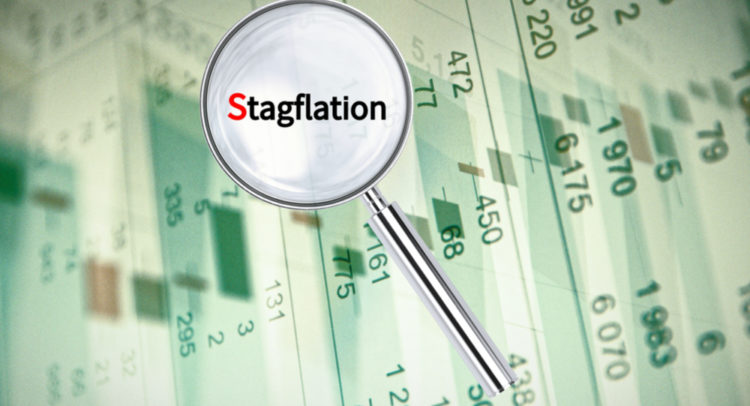A shortfall in the number of jobs created in September, combined with rising wages, added to fears of stagflation on Wall Street.
The U.S. economy created just 194,000 new jobs in September, according to the nonfarm payroll report released by the U.S. Bureau of Labor Statistics on Friday morning. That’s the lowest number of jobs created this year, and well below the 500,000 jobs markets expected.
Most of the job gains occurred in leisure and hospitality, professional and business services, retail trade, and transportation and warehousing. Declines in public education partially offset these gains. (See Insiders’ Hot Stocks on TipRanks)
The findings of the nonfarm payroll report are in sharp contrast with two other works published this week, which showed that the labor market is improving.
The U.S. Department of Labor Initial Claims report released on Thursday morning showed that Initial Jobless Claims declined to 326,000 in the week ending October 2, from 364,000 in the previous week, meaning more people are finding jobs.
The September ADP Employment report published on Wednesday morning showed that America’s private businesses hired 568,000 workers in September of 2021, up from a revised 340,000 in August, and ahead of market expectations of 428,000 hires.
Analysts Confused
The divergence between the nonfarm payroll report on the one side, and the initial claims and ADP reports on the other leaves economic analysts confused about the state of the U.S. labor market.
Adding to the confusion was a decline in the unemployment rate from 5.2% in August to 4.8% in September.
Meanwhile, average hourly earnings in the private sector increased at a monthly rate of 0.6% in September, well above market expectations of 0.4%.
The combination of weak nonfarm payroll reports and rising wages added to the fears that the U.S. economy is heading into stagflation, a situation of sluggish economic growth co-existing with rising wages and inflation.
The rising of stagflation fears was reflected in the initial response of financial markets to the release of the payroll report. U.S. Treasury bond yields rose towards the 1.6% mark as equities headed south, though equities reversed course a few minutes later.
Apparently, financial markets are still confused, too, about the state of the U.S. labor market, its impact on corporations, and the Federal Reserve policy, which largely depends on the state of the labor market.
Disclaimer: The information contained in this article represents the views and opinion of the writer only, and not the views or opinion of TipRanks or its affiliates, and should be considered for informational purposes only. TipRanks makes no warranties about the completeness, accuracy or reliability of such information. Nothing in this article should be taken as a recommendation or solicitation to purchase or sell securities. Nothing in the article constitutes legal, professional, investment and/or financial advice and/or takes into account the specific needs and/or requirements of an individual, nor does any information in the article constitute a comprehensive or complete statement of the matters or subject discussed therein. TipRanks and its affiliates disclaim all liability or responsibility with respect to the content of the article, and any action taken upon the information in the article is at your own and sole risk. The link to this article does not constitute an endorsement or recommendation by TipRanks or its affiliates. Past performance is not indicative of future results, prices or performance.
















